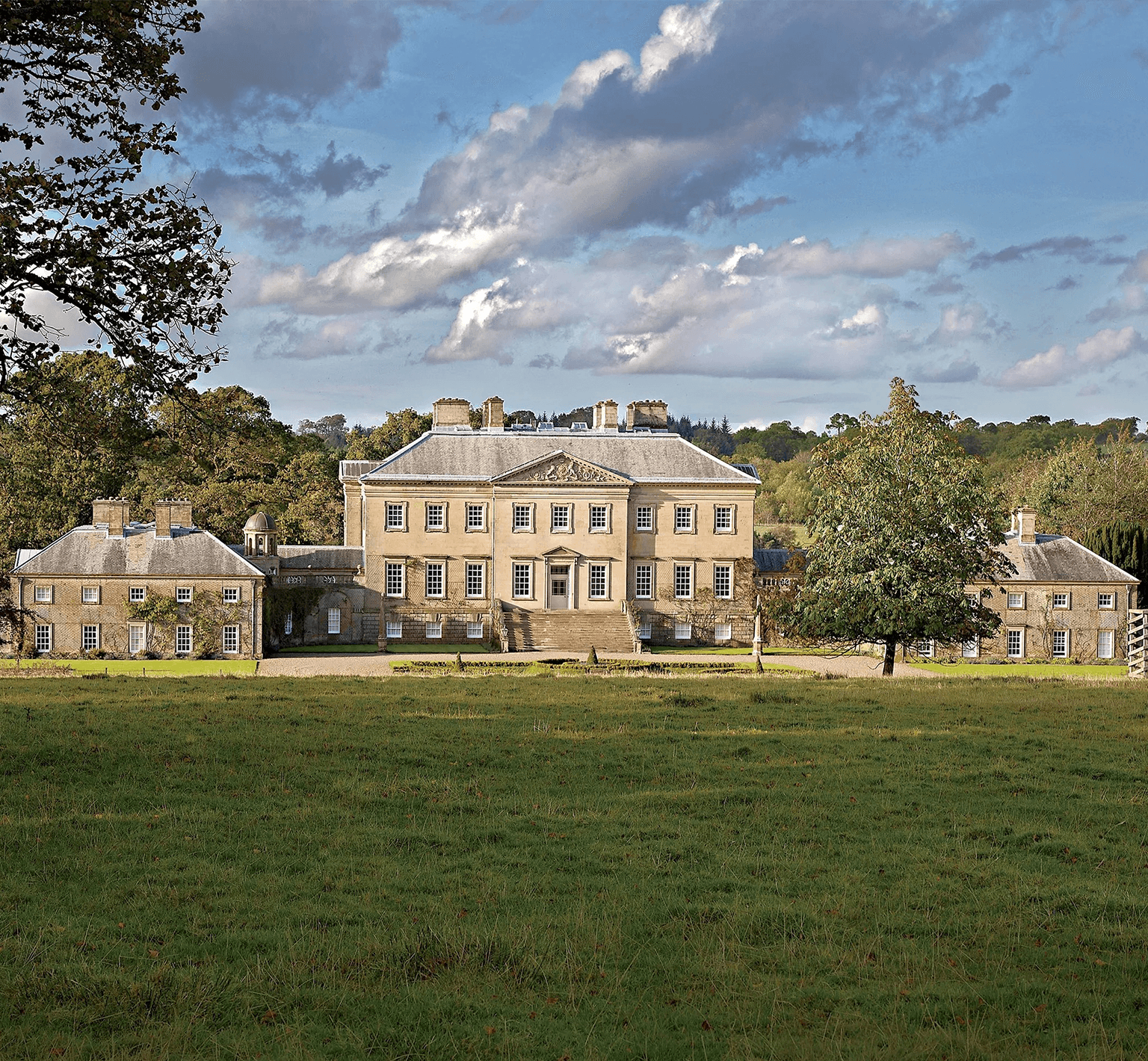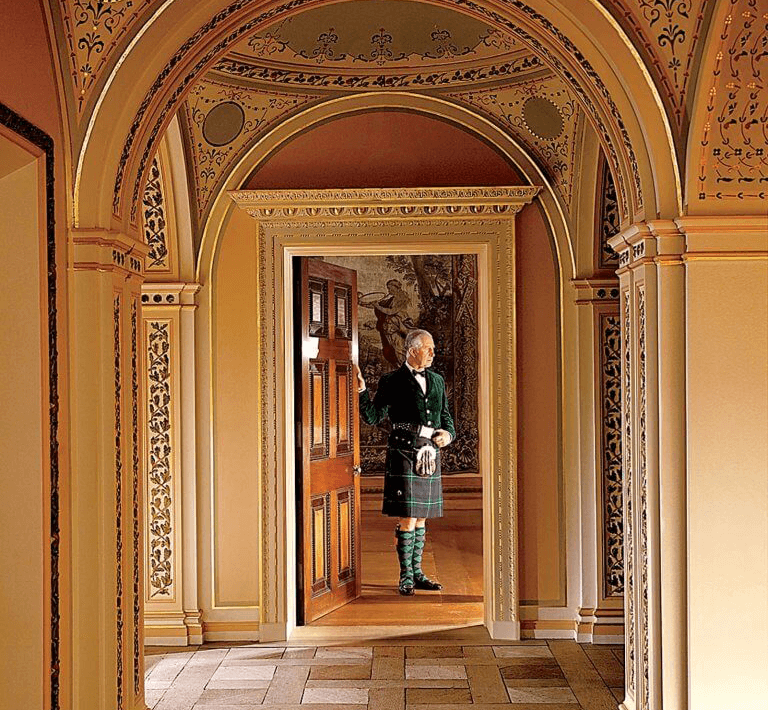WHAT DIFFERENCE DOES A KING MAKE?
Above: King Charles at Highgrove Gardens © Marianne Majerus Garden Images
In 18th century Sweden, the architect King Gustavus III gave his name to the Gustavan Age. Does the coronation of Charles III usher in a Caroline Age for the UK? Perhaps it should. Architecture has been close to his heart for 40 years. It has been one of his most consistent themes and – although you would not know it from media reports – his influence has been great. As King, Charles can no longer [be seen to] intervene in debates and the Duchy of Cornwall, which has been responsible for his model developments of Poundbury and Nansledan, is now lead by Prince William, as the new Prince of Wales. But his leadership and example already have changed the game.
“…he showed that heritage can drive regeneration.”
At the most personal level is the Arcadia he made from Highgrove, where the garden is surely unique. While, to begin with, itemed overcrowded to the point of neurosis – too many stumperies, meditation rooms and other follies to be restful – that effect has now been lost beneath burgeoning vegetation, which engulfs the surfeit of architectural detail. Trees are not cut or pruned. The effect can only be compared to the fantastical quasi ruins that the Surrealist Edward James created in the Mexican jungle. In Scotland, not only has Dumfries House been rescued as an immaculately restored ensemble and, but craft, cookery and gardening schools give the hope of employment to a previously blighted area of former coal mines. It shows that heritage can drive regeneration.
The King’s two homes in Transylvania are the reverse of the British countryside, which needs to be restored from decades of over-exploitation. In Romania, there was never the money to modernise agriculture. Everything is, of necessity, organic and villages are still repaired in the traditional way. To promote his vision, the Prince founded INTBAU, an international network of architects who use traditional building methods. Numerous other initiatives have been pursed through the Prince’s Foundation.

Dumfries House, Photography by Derry Moore

King Charles at the entrance to the Tapestry Room of Dumfries House, Photography by Derry Moore
In the 1980s, the then Prince of Wales took on the architectural establishment, launching critical barbs against high-rise towers and the wanton destruction of historic monuments and neighbourhoods. Famously, a proposed extension to the National Gallery was likened to ‘a monstrous carbuncle on the face of a much loved and elegant friend.’ In this, he used his position to give publicity to thoughts shared by a large majority of the population, who loathed the ugliness of Brutalism and the arrogance of architects who thought they knew best. Eventually the tide turned and the King deserves a chunk of the credit.
“…Britain urgently needs more housing to meet a growing and changing population”
Modernist critics struck back by lampooning the architecture of Poundbury as ‘toytown’. They overlooked the real point of the development which is the planning principles on which it is based. Streets in which the car is subservient to pedestrians. Walkable neighbourhoods. Housing for people of different ages and income groups mixed together. Shops and services are an easy stroll from home. Workplaces that are located near the places that people live. Permeable layouts that can easily be crossed on foot or by bicycle, with routes into the open country beyond. These ideas were radical when Prince Charles was promoting them and he had to battle the moneymen of the Duchy of Cornwall’s Council to get them through. Many are now entrenched in the planning system. Outside Newquay, Nansledan takes the Poundbury baton and runs with it, in the direction of sustainability – with espaliered pear trees, community orchards and nesting holes for swifts. Local quarries are being kept alive by the demand for granite, providing employment. Young families love the colourful streets, with seaside touches of Art Deco. What they may not know is that every drawing has been personally scrutinized and signed off by the Prince.
Financially, Poundbury and Nansledan have been successful because the cost of the infrastructure made at the beginning of the project is more than recouped by the rise in property values over time. Other landowners are now following suit. Britain urgently needs more housing to meet a growing and changing population. It took the Prince of Wales to demonstrate that it is still possible to build communities where most people would be happy to live.
“If only he could, by royal fiat, limit the height of London buildings and order the more egregious offenders against the skyline to be demolished.”
Oddly, King Charles III possesses less overt influence than he did as Prince of Wales. At a time when the provision of new housing is occupying the minds of voters and political parties alike, it is strange that the man who has had so much direct experience of the issues – and formulated his own imaginative new approach – should have to keep his lips zipped shut on the subject. If only he could, by royal fiat, limit the height of London buildings and order the more egregious offenders against the skyline to be demolished. Alas, this cannot happen. The King must content himself with the knowledge that the architectural legacy from his Prince of Wales years is greater than any monarch since George IV.

By Clive Aslet, member of RedBook’s Advisory Board and distinguished architectural critic.

